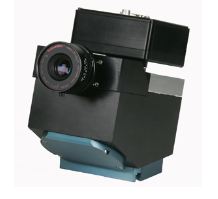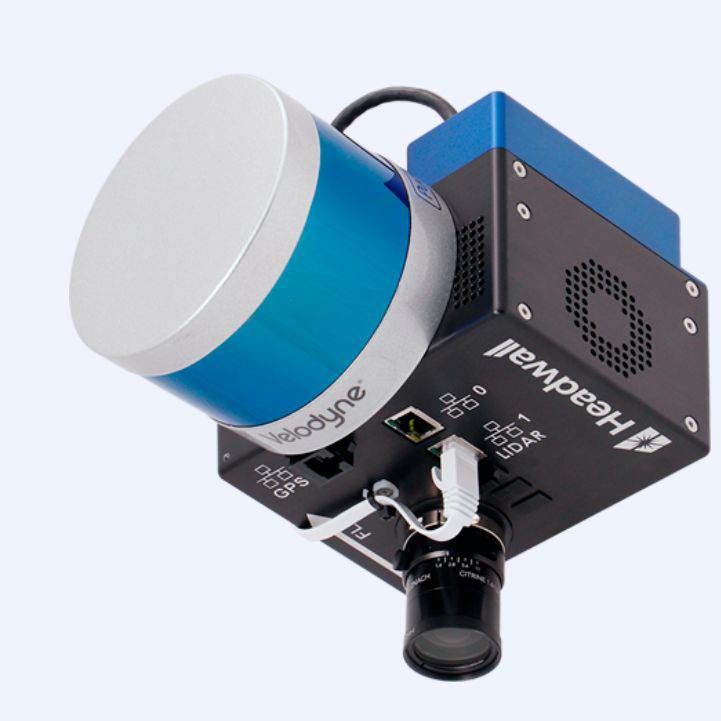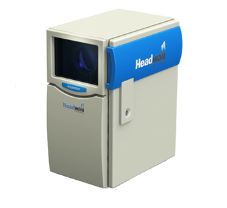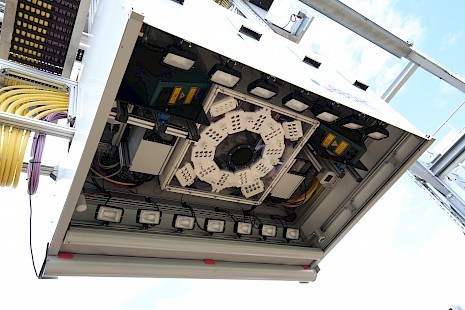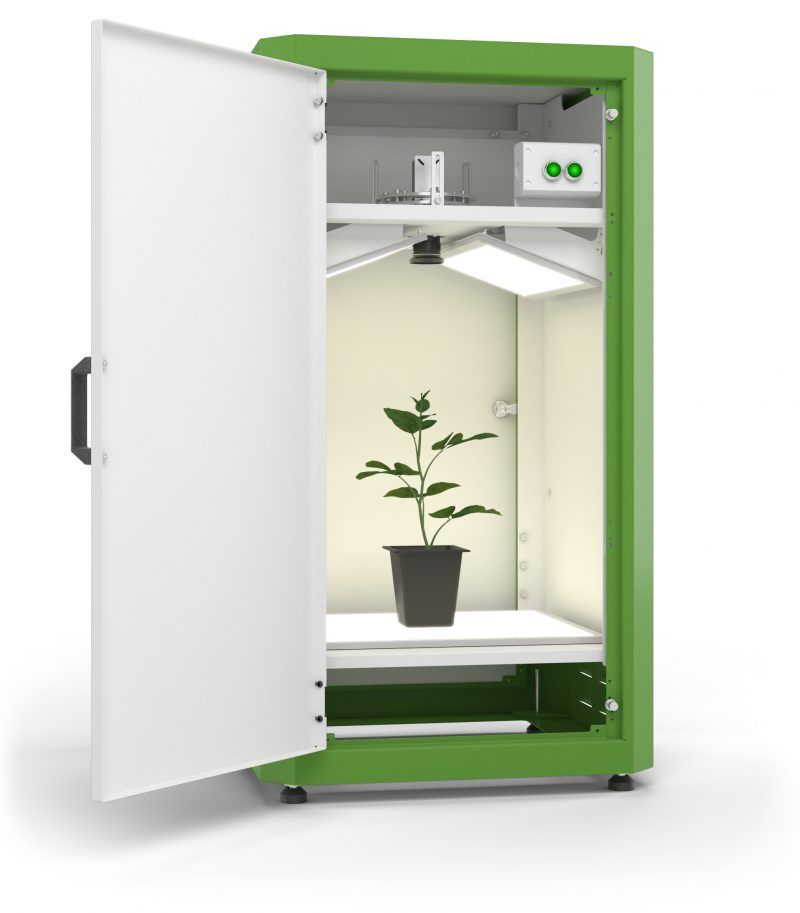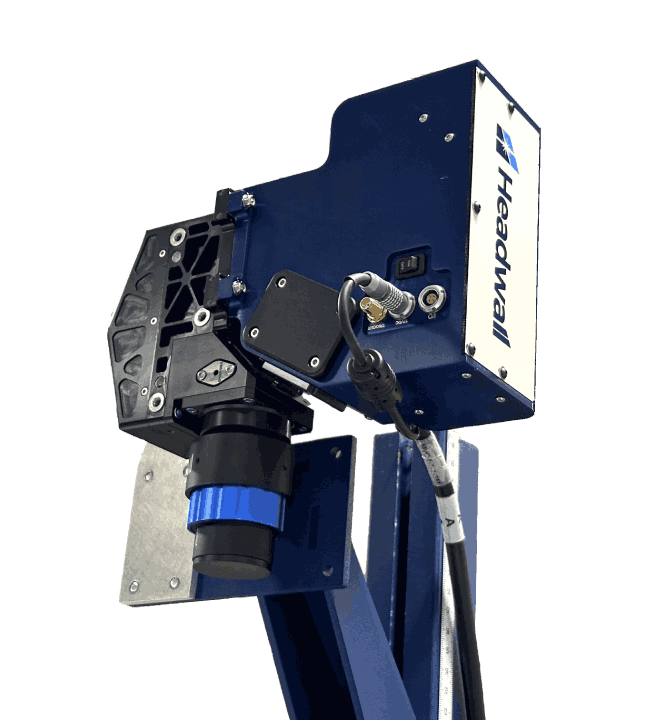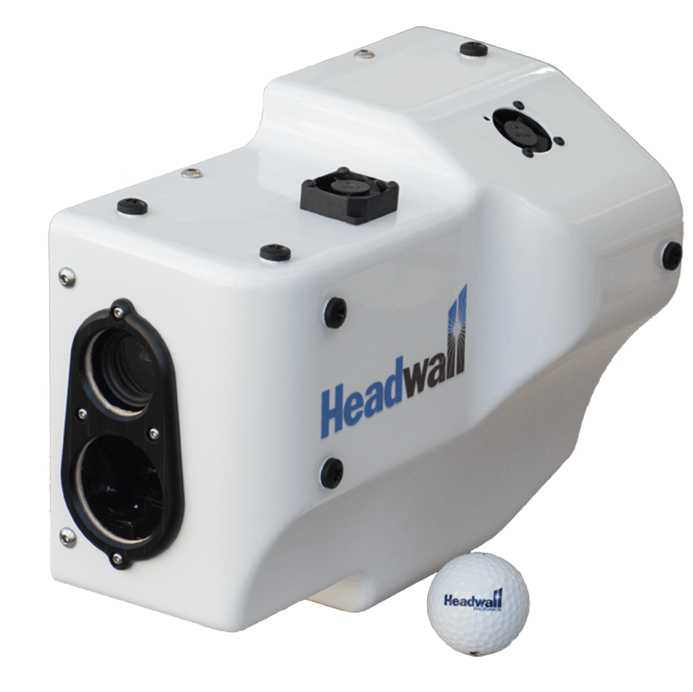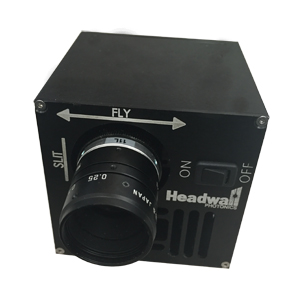Agricultural Seed Testing
Seeds are outstandingly important – most plants propagate via seeds and for many crops, e.g. cereals and oil seeds, the seeds are the essential part of the harvest.
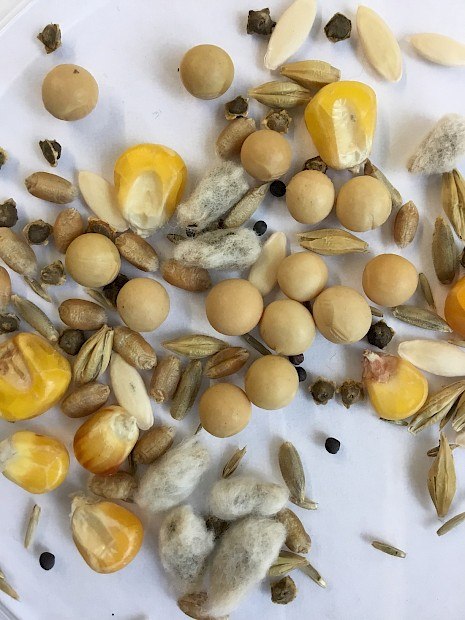
Determining the seed quality is a key step in plant research, seed breeding, seed production, seed trade, and seed storage and maintenance in gene banks. This implies the properties of the seed as well as germination characteristics, together with tests for purity or weed contamination in seed batches.
Many protocols are available that determine how to test the seed features, seed batch properties, seed germination, or seedling emergence
Digital Seed Testing
Digital seed testing tools do not change the testing process as such, but they provide an assistance and documenting system for the inspection process. By complementing the visual inspection, they improve the process so that it is better standardised, repeatable, person-independent and high-throughput. To learn more about seed quality testing you can view our blog here.
The digital systems work with images recorded from the seed- or seedling samples. Recording images has two major goals – first, image processing extracts features that are relevant for the inspection as such, and second, images serve as documentation of the sample material at the moment of the inspection. Already the documentation via the recorded images is an advantage over the visual scoring process where numbers are noted down. The documentation allows re-inspection of the material at later times, if required. The main advantage is the feature extraction, of course. The feature extraction recognises whether a seed has germinated, a seedling has emerged, and it delivers information on the quality. The quality information can comprise shoot- and root- dimensions, geometrical measures of the seedlings or colour distributions in the seedlings.
Feature extraction can take advantage of classical image processing, but advanced machine learning is becoming more prominent recently. The machine learning processes allow to train the algorithms according to user-specific sample material and to better discriminate normal from abnormal seedlings. Thus, the identification of usable seedling is only possible by using machine learning tools.
